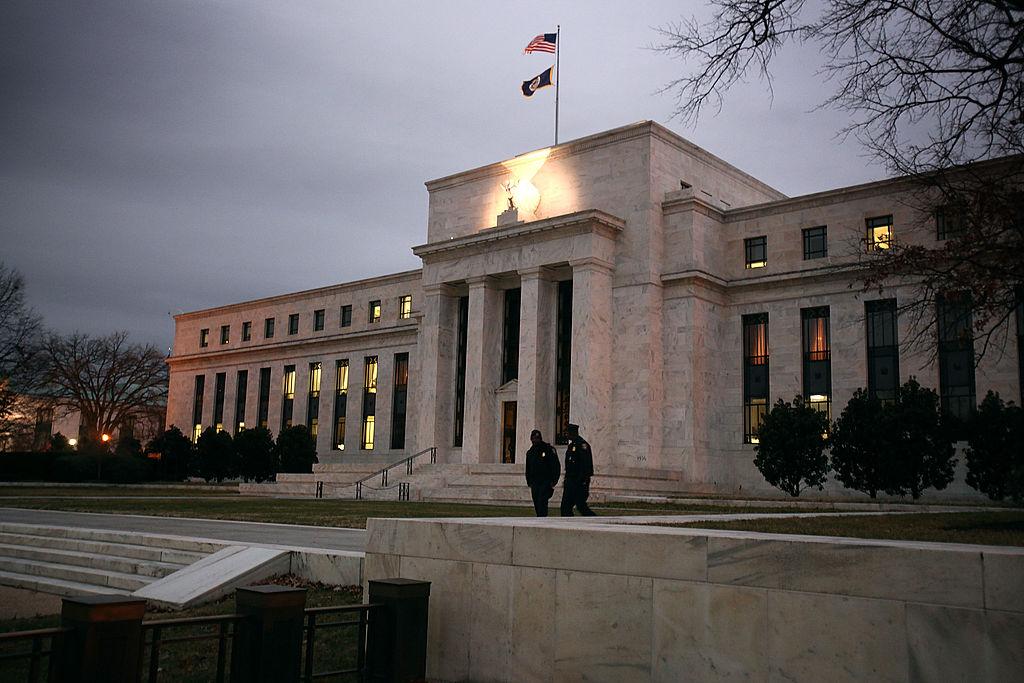In the past decade, the Chinese economy has expanded its central-planned neo-Keynesian model, which simply cannot survive without a trade deal. The Chinese manufacturing sector has been directed to follow a running-to-stand-still strategy that simply cannot subsist without the enormous trade surplus with the United States.
The Chinese manufacturing sector’s overcapacity is not an anecdote. It is the norm. China produces 30 percent of the world’s manufacturing goods but consumes less than 18 percent, according to CKGSB. Additionally, China’s industrial capacity utilization rate fell to 74.1 percent in the first quarter of 2025.
China’s Keynesian central planning model aims to maximize employment and maintain strong economic growth despite financial constraints and excessive indebtedness. Thus, it needs to sell its excess production to avoid a massive problem of working capital.
Even Beijing has acknowledged the issue indirectly, with “involution”-style competition (excessive, wasteful competition) listed as a top priority for 2025 economic policy and measures being taken to limit duplicate investments and regulate capacity expansion in certain industries. However, overcapacity in China is not a fatality; it was created by political design, with local and national authorities trying to boost GDP at any cost.
The model is aimed at keeping full employment and economic growth, even with economic returns below the cost of capital, and it almost works if the excess capacity can be sold globally, receiving reserve currency and maintaining low costs by passing the working capital cost to global consumers and maintaining low production expenditure with currency controls and exchange rate fixing.
However, the combination of rising debt, a constantly weakening currency, and the escalating bankruptcy and working capital issues could potentially bring this model to a collapse, even in the absence of an official recession.
The Chinese regime has learned that it cannot endure a trade war with the world’s largest market or substitute the U.S. consumer with European or Latin American consumers. Therefore, Beijing needs a trade deal quickly before the domino of bankruptcies that has plagued the Chinese economy since 2021 erupts into a full-blown financial crisis.
China is officially in deflation for the third consecutive month in April. Business insolvencies are projected to increase by 7 percent in 2025 and by 10 percent in 2026, according to Allianz, even as Beijing implements additional fiscal stimulus.
Small and medium-sized enterprises, particularly exporters, are facing mounting bankruptcies due to declining cash flow and the elimination of U.S. tariff exemptions. Job losses are rising in export-dependent regions, and the urban unemployment rate is expected to average 5.7 percent in 2025, above the official target, according to CNBC.
The official NBS Manufacturing PMI fell sharply to 49.0 in April 2025, the steepest decline since December 2023, reflecting a drop in output, new orders, and employment, with foreign orders shrinking to their lowest in at least 11 months.
The collapse of the real estate sector, which once accounted for up to 30 percent of GDP, has weakened banks, reduced household wealth, and led to a negative wealth effect, further depressing consumption and credit demand.
China’s economic strengths are well known, but the weaknesses are too important to ignore. This serves as a reminder that central planning never works. Everything that is weak in China comes from previous years of government policies aimed at boosting economic growth by building stuff and hoping it would sell at some point.
Furthermore, the combination of rising bankruptcies, an imploding property market, and mounting local government debt is straining the financial system just when the Belt and Road Initiative (BRI) non-performing loans soar. Several BRI countries have defaulted on their debts or required IMF bailouts, including Sri Lanka, Zambia, Ghana, and Pakistan, while the BRI generated $385 billion in off-the-books debt.
Keynesian policies always lead to high debt and stagnation. However, when combined with a centralized planning system, a closed financial system, and capital controls, Keynesian policies create a dangerous mix of overcapacity, impoverishment, and economic slack.







